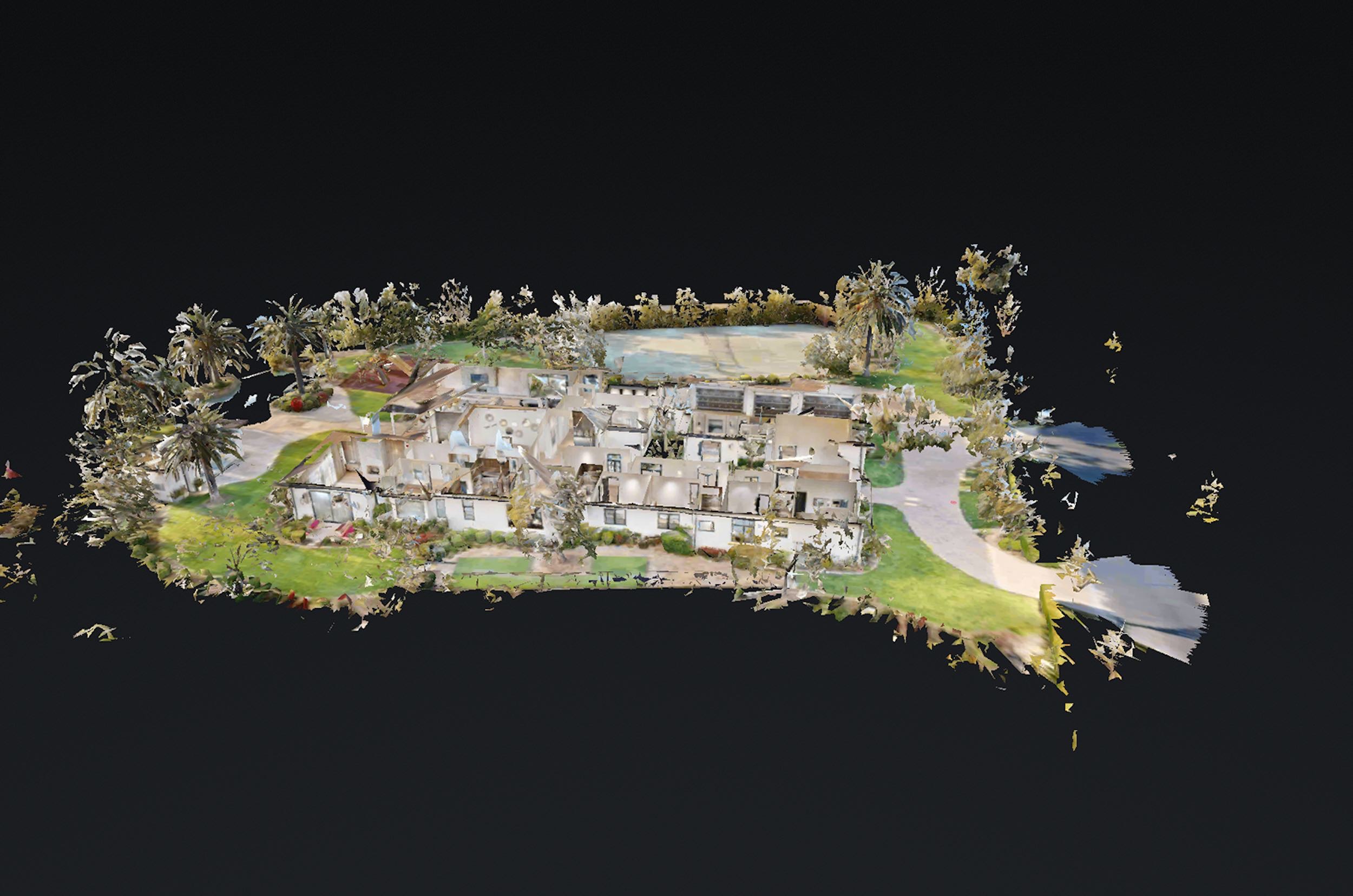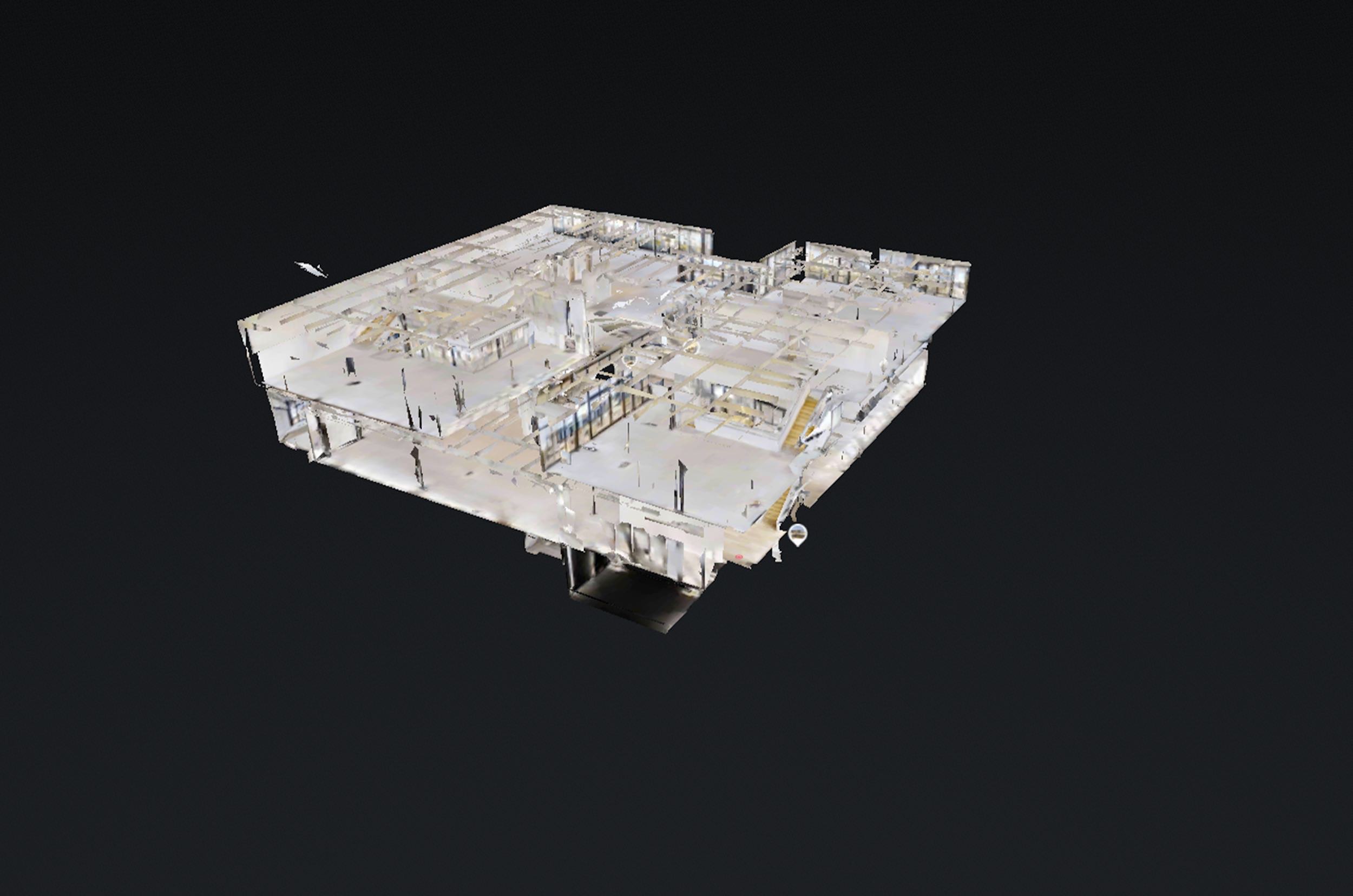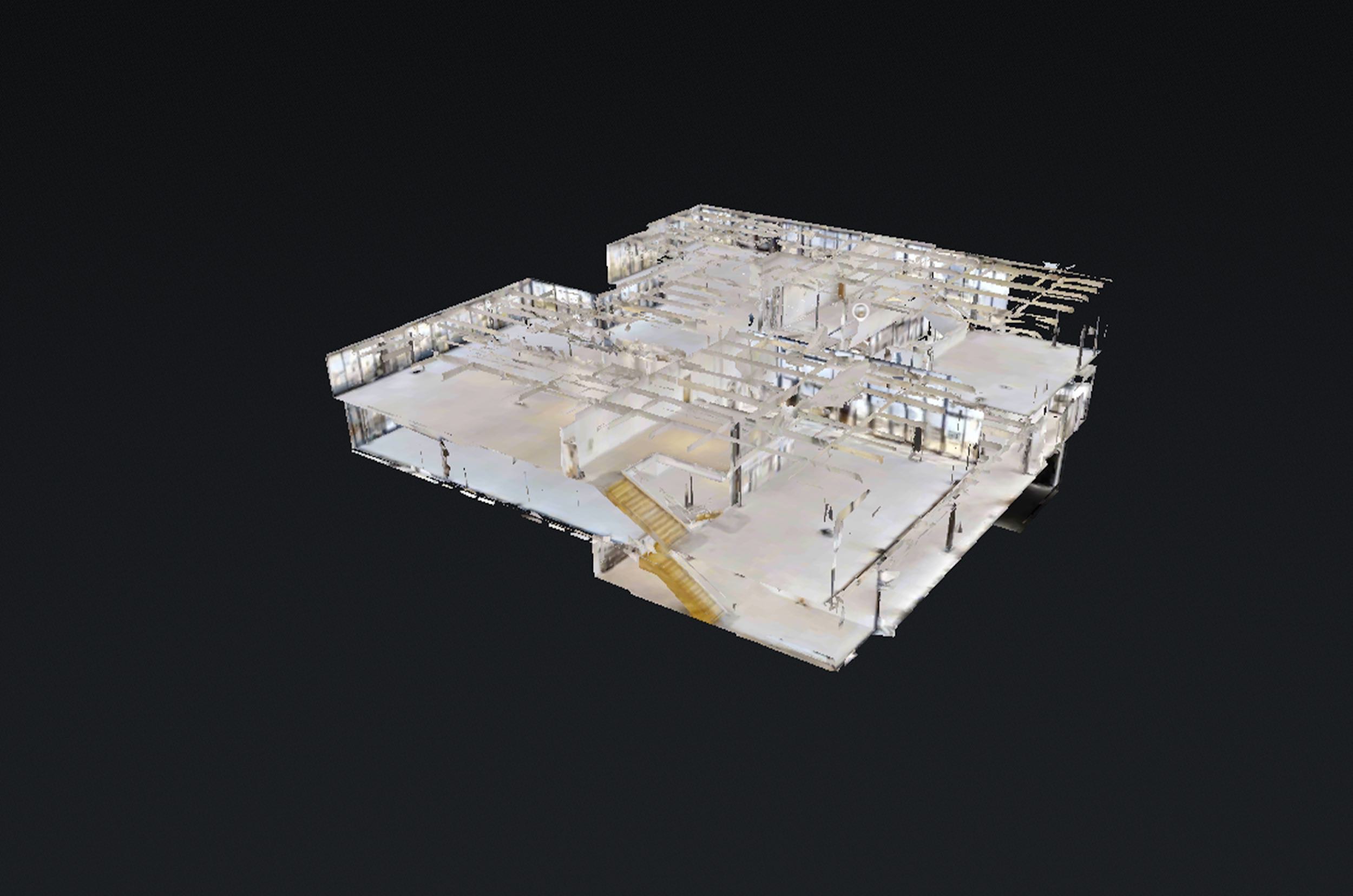Hospitals and medical centers can be overwhelming and intimidating for patients, especially those who are new to the facility. However, with the help of interactive 360 virtual tours, hospitals can provide a more accessible and welcoming environment for patients. In this blog, we’ll explore how hospitals and medical centers use interactive 360 virtual tours to enhance the patient experience and improve healthcare outcomes.
- What are Interactive 360 Virtual Tours?
Interactive 360 virtual tours are digital tours that allow users to explore and interact with a space, such as a hospital or medical center, through a 360-degree view. Users can navigate through the space, access additional information about each area, and get a better sense of the layout and amenities.
- Enhancing the Patient Experience
Interactive 360 virtual tours can provide patients with a better understanding and appreciation of the facility they will be visiting. Patients can explore the hospital or medical center at their own pace, familiarize themselves with the layout, and find their way around more easily.
Additionally, virtual tours can help reduce anxiety and stress for patients who may be nervous about their upcoming appointment or procedure. By providing a visual preview of the facility and its amenities, patients can feel more at ease and comfortable during their visit.
- Providing Accessible Healthcare
Interactive 360 virtual tours can also provide accessible healthcare for patients with disabilities or limited mobility. These tours can provide a virtual preview of the facility, including information on accessibility features such as wheelchair ramps, elevators, and accessible restrooms.
Patients can use this information to plan their visit and ensure that the facility meets their accessibility needs. This can help improve patient satisfaction and outcomes.
- Innovative Marketing Tool
Interactive 360 virtual tours can also be used as an innovative marketing tool for hospitals and medical centers. By creating a virtual tour of their facility, hospitals can showcase their amenities and services to a wider audience.
Virtual tours can be shared on the hospital’s website and social media platforms, providing potential patients with a preview of the facility and its offerings. This can help increase patient engagement and interest in the hospital or medical center.
- Providing Education and Training
Interactive 360 virtual tours can also be used as an educational and training tool for hospital staff. Staff members can use virtual tours to familiarize themselves with the facility, including important safety features and emergency protocols.
Additionally, virtual tours can be used to provide training for new staff members or refreshers for existing staff members. This can help ensure that hospital staff are knowledgeable and prepared to provide the best possible care for their patients.
Conclusion
In conclusion, interactive 360 virtual tours are a valuable tool for hospitals and medical centers looking to enhance the patient experience, provide accessible healthcare, and improve healthcare outcomes. These tours can provide patients with a better understanding and appreciation of the facility, reduce anxiety and stress, and improve patient satisfaction.
By sharing virtual tours on their website and social media platforms, hospitals can showcase their amenities and services to a wider audience, increasing patient engagement and interest in the facility. Additionally, virtual tours can be used as an educational and training tool for hospital staff, ensuring that they are knowledgeable and prepared to provide the best possible care for their patients.







